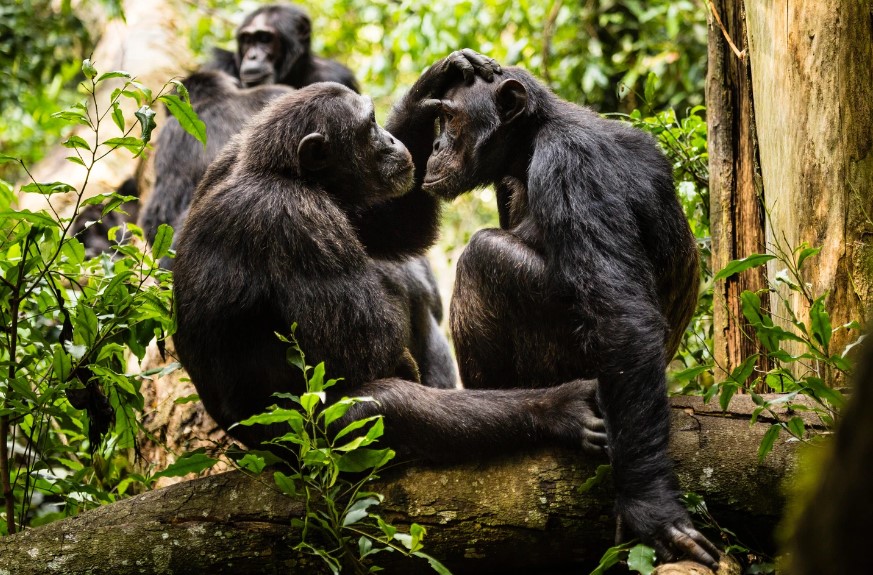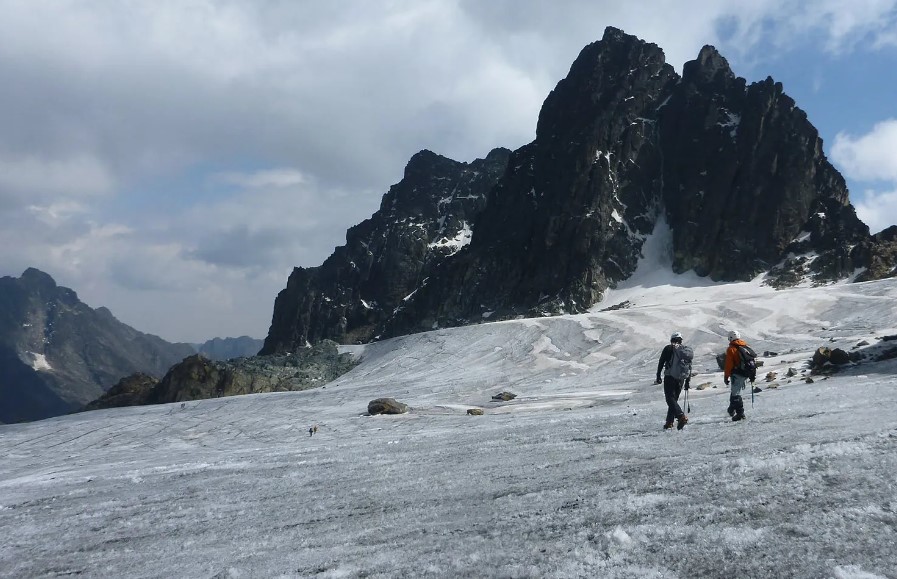Uganda’s Flora and Fauna: A Biodiversity Haven in East Africa-This diverse nation boasts a rich tapestry of flora and fauna that has captured the hearts of naturalists, researchers, and travelers alike. With its diverse landscapes, from the snow-capped Rwenzori Mountains to the lush rainforests and expansive savannahs, Uganda provides a unique habitat for a vast array of plant and animal species. In this essay, we will explore the remarkable flora and fauna that make Uganda a truly captivating and ecologically significant country.
Flora
Uganda’s flora is as varied as its landscapes. The country’s geographic location and diverse climates have given rise to a wide range of vegetation types, each supporting a distinct set of plant species.
Rainforests
In the southwestern part of Uganda lies the Bwindi Impenetrable National Park, a UNESCO World Heritage Site and a haven for the majestic mountain gorillas. These ancient forests are home to a rich diversity of plant life, including giant ferns, orchids, and a variety of tree species such as the tall mahogany and delicate red cedar.
Savannahs
The savannahs of Uganda, particularly in the Queen Elizabeth National Park and Murchison Falls National Park, are dotted with acacia trees and grasslands. Baobab trees, iconic symbols of African landscapes, also thrive here. The savannahs support an abundance of herbaceous plants, providing food for a variety of herbivores, including elephants, giraffes, and antelopes.
Wetlands
Uganda is blessed with a wealth of wetlands, including the famous Ssese Islands on Lake Victoria and the vast swamps in the Nile Delta. These wetlands are a vital habitat for aquatic plants such as papyrus reeds, water lilies, and water hyacinths, providing a critical ecosystem for numerous bird species and aquatic life.
Mountain Flora
The Rwenzori Mountains, also known as the “Mountains of the Moon,” have distinct ecosystems with alpine vegetation zones. Unique plant species, like the giant lobelia and groundsels, thrive in these high-altitude regions, creating a surreal and breathtaking landscape.
Medicinal Plants
Uganda’s flora also holds great cultural and medicinal significance. Indigenous communities have utilized various plants for centuries to treat ailments and enhance their well-being. Some notable medicinal plants include the prickly pear cactus and the African plum tree, both known for their therapeutic properties.
Fauna
Uganda’s fauna is as diverse as its flora. With a combination of protected national parks and reserves, the country provides a safe haven for a wide range of wildlife.
Big Game Animals
Uganda’s savannahs are home to some of Africa’s most iconic wildlife, including the African elephant, African lion, leopard, and Cape buffalo. These animals form the famous “Big Five,” which have long captured the imagination of wildlife enthusiasts and safari-goers.
Primates
Uganda is renowned for its primates, particularly the mountain gorillas in Bwindi Impenetrable National Park and Mgahinga Gorilla National Park. Additionally, the lush forests are home to chimpanzees, baboons, and several species of monkeys, including the red colobus and vervet monkeys.
Birdlife
With over 1,000 bird species, Uganda is a birdwatcher’s paradise. The country’s varied habitats support an impressive diversity of avian life, making it one of the top birding destinations in the world. From the majestic shoebill stork to the vibrant African fish eagle, bird enthusiasts will be spoilt for choice.
Reptiles and Amphibians
Uganda’s wetlands and forests harbor a vast array of reptiles and amphibians. Nile crocodiles and hippopotamuses are common sights in the country’s rivers and lakes. Several species of snakes, including the green mamba and python, can be found in the forests.
Insects
Uganda’s insect diversity is equally remarkable, with countless species of butterflies, beetles, and other insects contributing to the overall ecological balance.
Conservation Efforts
While Uganda’s biodiversity is undeniably remarkable, it faces numerous threats, including deforestation, habitat loss, poaching, and climate change. To protect its flora and fauna, the Ugandan government, in collaboration with international organizations, has made significant efforts towards conservation.
National Parks and Reserves
Uganda has established a network of national parks and wildlife reserves to safeguard its diverse ecosystems and protect the habitats of its flora and fauna.
Community-Based Conservation
Community involvement in conservation efforts has played a crucial role in protecting wildlife. Engaging local communities and providing incentives for sustainable practices help to reduce human-wildlife conflicts and illegal activities.
Ecotourism
Tourism has been leveraged as a tool for conservation, as revenue generated from wildlife tourism is reinvested in safeguarding national parks and supporting local communities.
Anti-Poaching Measures
Uganda has implemented strict anti-poaching measures to combat illegal hunting and trade of endangered species, focusing on law enforcement and public awareness campaigns.
Reforestation and Afforestation
Efforts to restore and expand forest cover through reforestation and afforestation programs aim to combat deforestation and mitigate climate change.
In Conclusion, Uganda’s extraordinary biodiversity, from its lush rainforests to its vast savannahs, showcases nature’s brilliance and highlights the need for its preservation. The country’s flora and fauna have captured the world’s attention and continue to be a source of wonder and inspiration.
As Uganda progresses, it is vital that its rich ecological heritage is protected for generations to come, ensuring that this “Pearl of Africa” continues to shine as a haven for biodiversity and a testament to the importance of conservation efforts in safeguarding the planet’s natural wonders.



Comment (0)